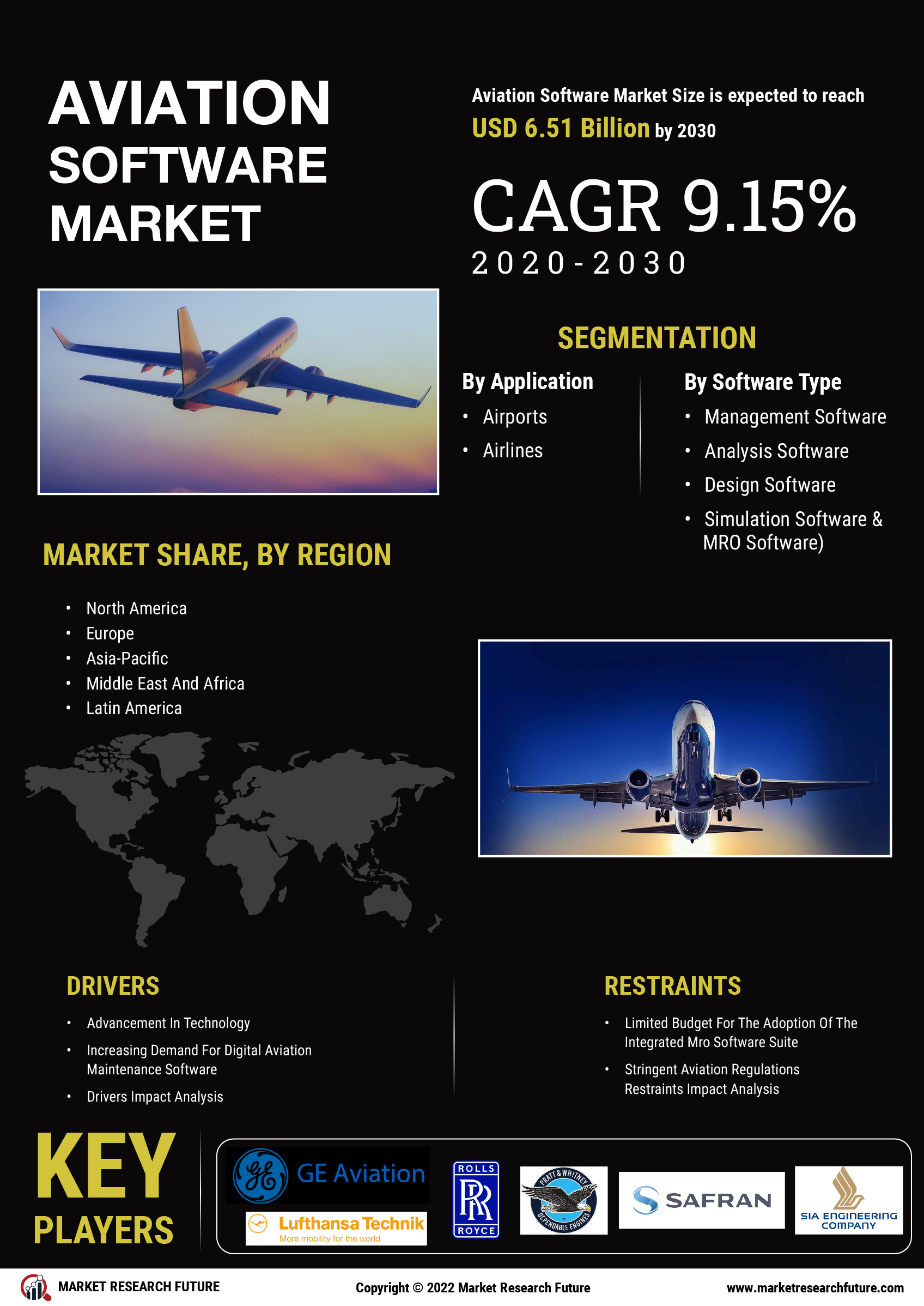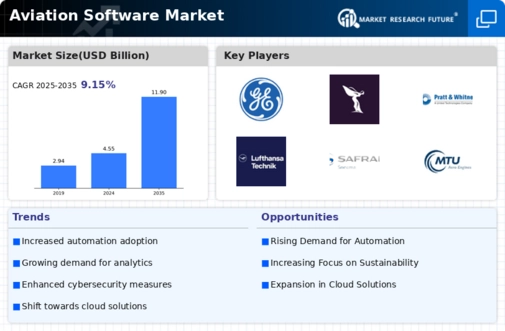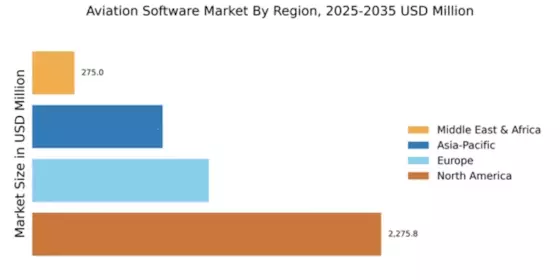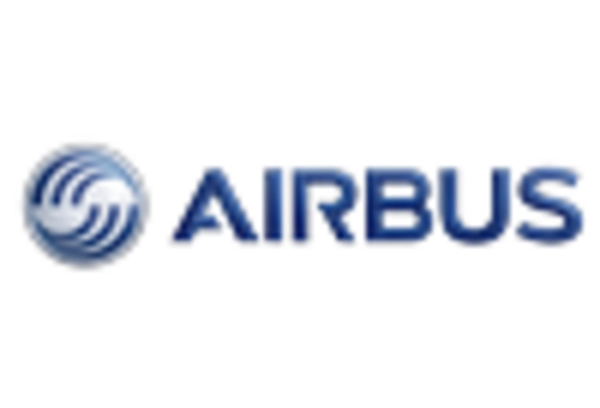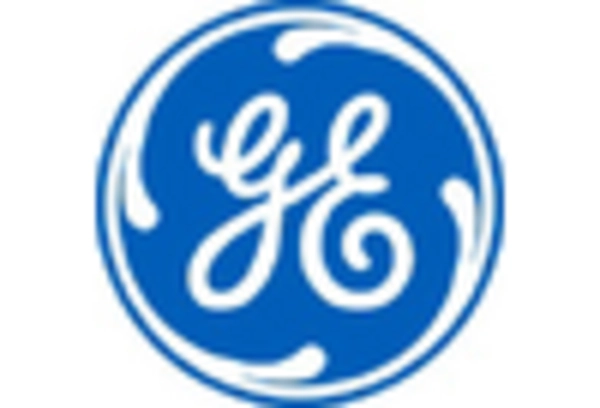The Aviation Software Market is currently characterized by a dynamic competitive landscape, driven by technological advancements and increasing demand for operational efficiency. Major players such as Honeywell (US), Rockwell Collins (US), and Thales (FR) are strategically positioned to leverage innovation and digital transformation. Honeywell (US) focuses on enhancing its software solutions for flight operations and maintenance, while Rockwell Collins (US) emphasizes integrated avionics systems. Thales (FR) is investing heavily in cybersecurity solutions for aviation, indicating a collective shift towards more secure and efficient operational frameworks among these key players.In terms of business tactics, companies are increasingly localizing manufacturing and optimizing supply chains to enhance responsiveness to market demands. The competitive structure of the Aviation Software Market appears moderately fragmented, with a mix of established players and emerging startups. This fragmentation allows for diverse offerings, yet the influence of key players remains substantial, as they set benchmarks for innovation and service quality.
In November Honeywell (US) announced a partnership with a leading airline to implement its latest predictive maintenance software, which is expected to reduce operational downtime by 30%. This strategic move not only enhances Honeywell's market position but also underscores the growing importance of data analytics in aviation maintenance, potentially reshaping industry standards for efficiency.
In October Rockwell Collins (US) unveiled a new suite of software solutions aimed at improving air traffic management. This initiative is particularly significant as it aligns with global efforts to modernize air traffic control systems, suggesting that Rockwell Collins is positioning itself as a leader in addressing the complexities of increasing air traffic volumes.
In September Thales (FR) launched a cybersecurity framework specifically designed for aviation software, responding to the rising concerns over cyber threats in the industry. This proactive approach not only strengthens Thales's portfolio but also reflects a broader trend towards prioritizing security in aviation technology, which is likely to become a critical differentiator in the market.
As of December the Aviation Software Market is witnessing trends such as digitalization, sustainability, and AI integration, which are redefining competitive dynamics. Strategic alliances among key players are increasingly shaping the landscape, fostering innovation and enhancing service offerings. The shift from price-based competition to a focus on technological advancement and supply chain reliability is evident, suggesting that future competitive differentiation will hinge on the ability to innovate and adapt to evolving market needs.
